Im trying to make a super simple guitar amp.
heres the circuit using an LM386 operational amplifier:
What exactly would affect gain but not volume, and volume but not gain? In the example circuit on the LM386 datasheet theres a 10k potentiometer at the input, but online some people called this a volume control and some a gain control. Im confused. For a gain control I was thinking of adding a variable resistor or potentiometer between pins 1 and 8, instead of R3 in my circuit, because thats how gain seems its supposed to be regulated on the LM386. But will this also increase the volume? Does a bigger voltage swing of the signal mean a higher volume of the sound? I want to be able to get the distortion and clipping of high gain but at a low volume.
